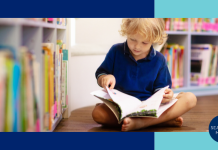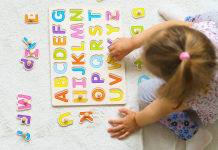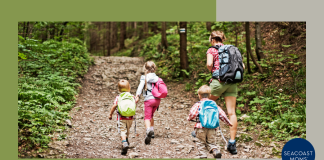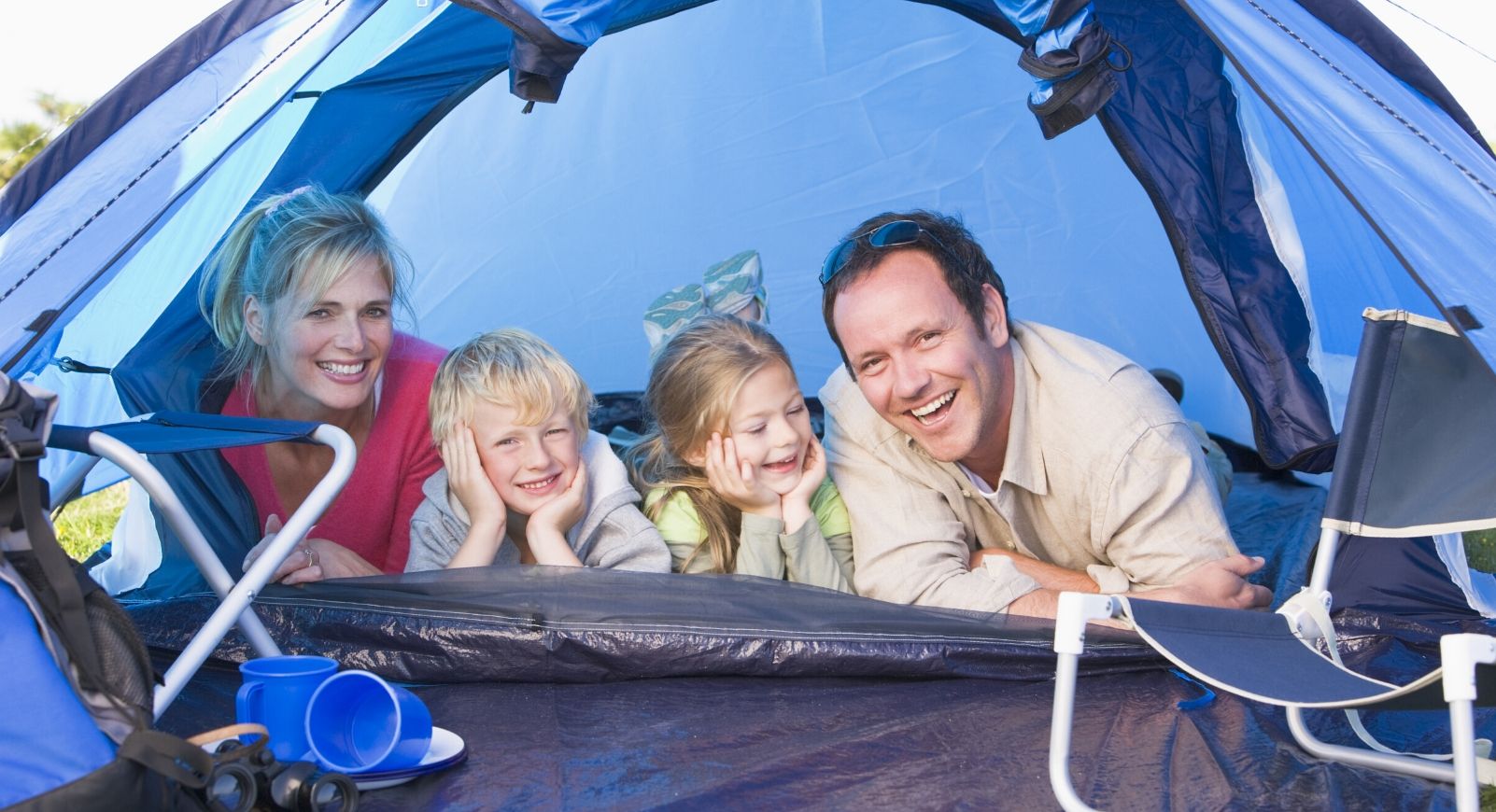Living in a digital world means helping children discern between what is safe and what is harmful. This has always been the case, but now, with the world at their fingertips, it’s more pressing than ever.
It’s normal and natural for kids to be curious about sex, bodies, romance and all sorts of grown up things. Yet, it’s far too easy for them to stumble into trouble when they have a powerful computer in their back pocket, or in their room or at school, that can show them ANYTHING. (Please read my previous article on why delaying the smartphone is important).
The average age a child first encounters porn is around 12 years old, though it can be even younger. It’s time to talk to your kids about porn.
Many kids’ lives are more online than ever, and exposure to adult content like porn, overtly sexualized imagery, violence, etc., is just a click away.
How do you protect your child from seeking out or being exposed to pornography or any adult content?
I don’t think there’s a formula that can guarantee to fully protect your child from seeing ANY adult content, especially as more and more kids around them start using smartphones and social media. My client’s story is a perfect example:
Several years ago when D was in 6th grade, he did not have a smartphone and was not on social media either. As school let out and kids streamed across the playground to head home, a boy he didn’t know well ran up to him and asked if he wanted to see something “really crazy?” Before D could even respond, this kid lifted his phone right in front of my son’s face and playing on the screen was hard core porn. My son was caught off guard and it took a moment before he even understood what he was viewing. He came home confused, scared and embarrassed.
While parents may turn to external monitoring systems (such as Bark) and keep parent controls switched on, we can’t rely on these technologies alone. Even if we build Fort Knox around all our devices, there are still ways through them. Our kids are savvy (or will be) and they have friends and acquaintances who might not have the same safeguards on their devices.
So if you can’t completely prevent it, what CAN you do to protect your kids?
Talk about sex and porn with your kids, even if it’s uncomfortable.
Talking to your child about sex, sexuality or porn can be an embarrassing task for some parents. Many avoid the topic completely and believe it’s better to wait for a child to come to you with questions.
But if you wait, chances are you’ll be too late. Would you prefer that Dr. Google, Professor TikTok or Officer Snapchat talk to your kids instead?
For most kids, exposure is inevitable. If your child rides a school bus, spends time alone with other kids or is in a home with internet-ready devices, they need to know how to handle porn and sexualized imagery. Starting at around age 5, kids can be taught a process of what to do if they see something they shouldn’t. And if you’ve got an older child, you haven’t missed the boat even if the conversation may look a little different.
Use these resources to help the conversation:
If you’re not sure how to start, read a book together. I like this one: Good Pictures Bad Pictures (age 6-11). They also have a junior version (age 3-6).
For older kids, there’s amaze.org, which provides adolescents with medically accurate, age-appropriate and honest sex education they can access directly online. And sex positive, The P Conversation, which offers tools for families and educators to talk to kids about sex, starting with porn.
Another helpful resource is Amy Lang’s Birds + Bees + Kids. She is loaded with incredible information about how to talk to your kids – at any age and stage – about sex. For $29 you can get The Porn Talk Kit.
Keep conversations brief. Follow their lead.
No lectures because, really, no kid is going to listen to that with full attention if you drone on and on.
Take your cue from your child and don’t explain more than they need to understand your message. Some kids won’t have any questions while others may have a lot of follow up. It all depends on your child and their individual needs.. Listen to what they’re asking for and follow their lead.
Good communication is the bedrock of any relationship because it fosters trust and safety. Strengthening your relationship with your child builds that foundation of trust, so your kids KNOW they can come to you with any issues or questions. It’s going to be challenging to address tricky topics (before or after they happen) if they don’t feel you’re on their side. This brings me to the next point!
Acknowledge that it’s normal to be curious about sex.
Just like any other developmental stage, kids also go through stages of sexual development. This is a healthy and ordinary part of being a human being. It’s important for your children to know there is nothing wrong with being curious about sex and sexuality. When kids – or anyone – feel shame it can lead to all sorts of self defeating feelings and behaviors.
Promise they will NEVER get in trouble for seeing something they shouldn’t even if they look for it themselves, or cannot stop looking away if someone else shows it to them.
Punishing a child for following their curiosity or not being able to control their impulses is the LAST thing you want to do. Freaking out, yelling or punishing sends a clear and resounding message that you are not a safe place to land and could drive them further into hiding and secrecy. You want your child to feel safe turning to YOU for questions and help.
Normalizing their curiosity and remaining calm will help reduce any shame or fear they might be holding and it will reinforce to your kids that you are a safe and soft landing spot when they need it most.
Protecting your child from seeing porn or any adult content can feel like pushing a giant boulder uphill. It takes effort and will, and it’s not easy when they have access to the world in the palm of their hand. You are battling for the attention of your children against a tool that is designed by some of the brightest minds to keep your children (and you) hooked and wanting more.
Keep the lines of communication open and work hard to be a safe place for them to land. Talk about porn with your kids because, if you don’t, someone else will.
Moving further, what do you do if your child sees something they’re not ready for? Read how to teach your child what to do if they see porn or adult content.










